Unexplored Earth: jaw-dropping places you can only see in photos
Under the radar

Humans have explored most of this planet over the centuries. With technological advancements we have charted the oceans, scaled mountains and seen the world from the skies. But there are vast areas of the globe you'll likely never visit – expanses of wilderness so remote that only a few have been and only a few will ever endeavour to reach them.
Read on to discover some of Earth's most incredible under-explored places...
The ocean floor
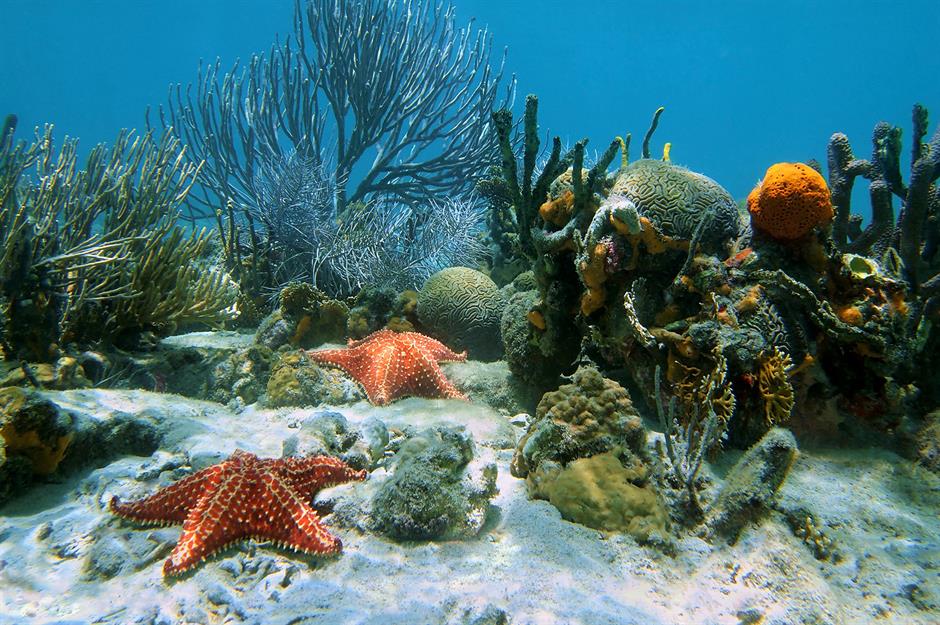
More than 80% of the oceans on this planet are yet to be explored, and it's estimated that 99% of the seafloor has yet to be discovered. It took until 2012 for humans to reach the deepest point in the ocean – an area called the Challenger Deep in the Mariana Trench, located in the western Pacific.
The ocean floor

Curious, alien-like animals – like this luminous jellyfish – thrive in the underwater wilderness, but it's likely we'll never get to see the deepest, darkest parts of the ocean. Instead we can make do with glimpses of the seabed in documentaries by the likes of David Attenborough.
Sakha, Russia
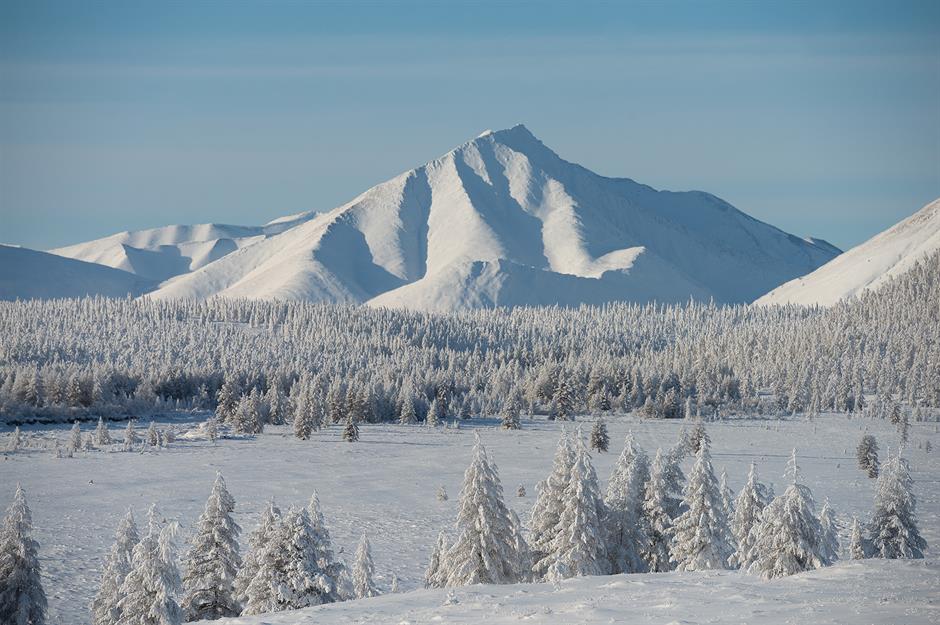
Tucked away in far northeast Russia, Sakha's 1.2 million square miles (3.1m sq km) of land is home to around one million people, most of whom live along the Lena River. This republic has some of the most extreme seasons on the planet, with January temperatures plummeting to -43.5°C (-46°F) and summer averages reaching 19°C (66°F).
Sakha, Russia
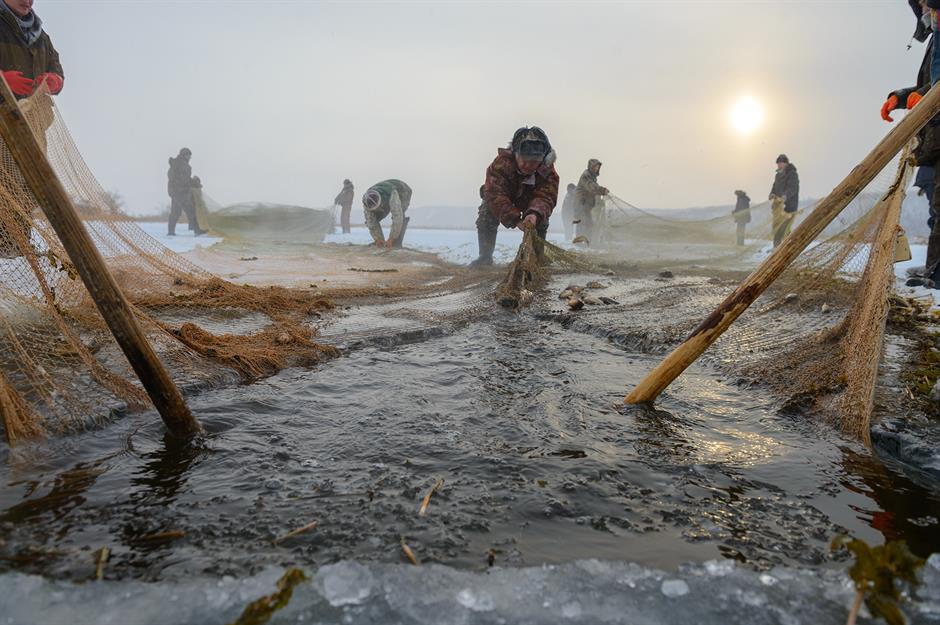
Conditions are harsh economically too, with the region's little industry and farming only viable on the banks of the river. The Sakha people herd reindeer and hunt squirrel, fox and ermine to sustain their life here. They also rely on ice fishing (pictured).
Sakha, Russia
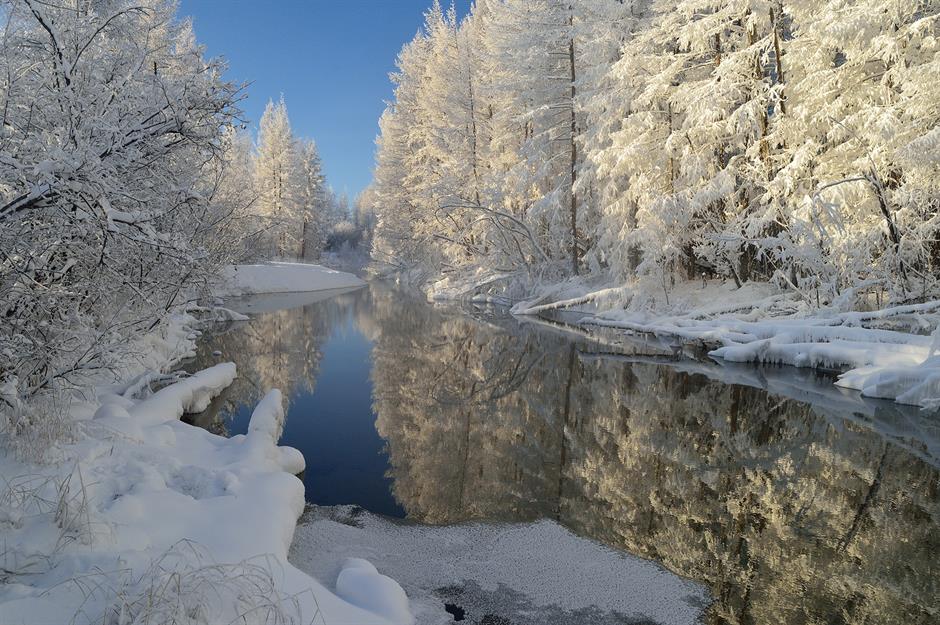
Thanks to its remoteness, Sakha has a bounty of untouched natural wonders, from glassy lakes to glaciers, and it's where many ancient woolly mammoth fossils have been discovered. Caked in sparkling snow for much of the year, the region is at its most spectacular in winter.
The Northwest Passage, Arctic Canada
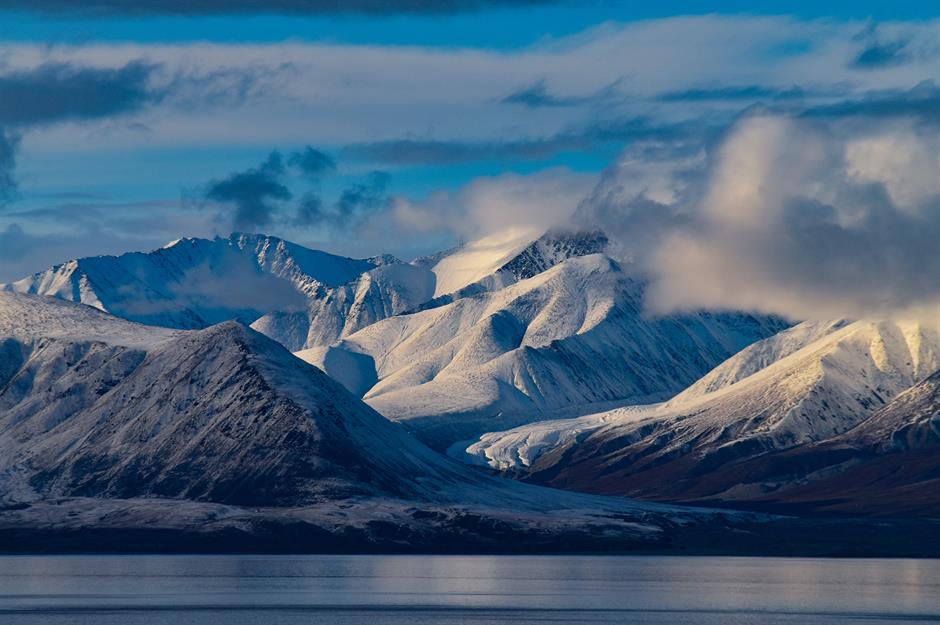
One of the world's trickiest bodies of water to navigate, the Northwest Passage stretches across the top of Canada, between the North Pole and the far northern reaches of the North American continent. The passage was first navigated by explorer Roald Amundsen in the early 20th century.
The Northwest Passage, Arctic Canada
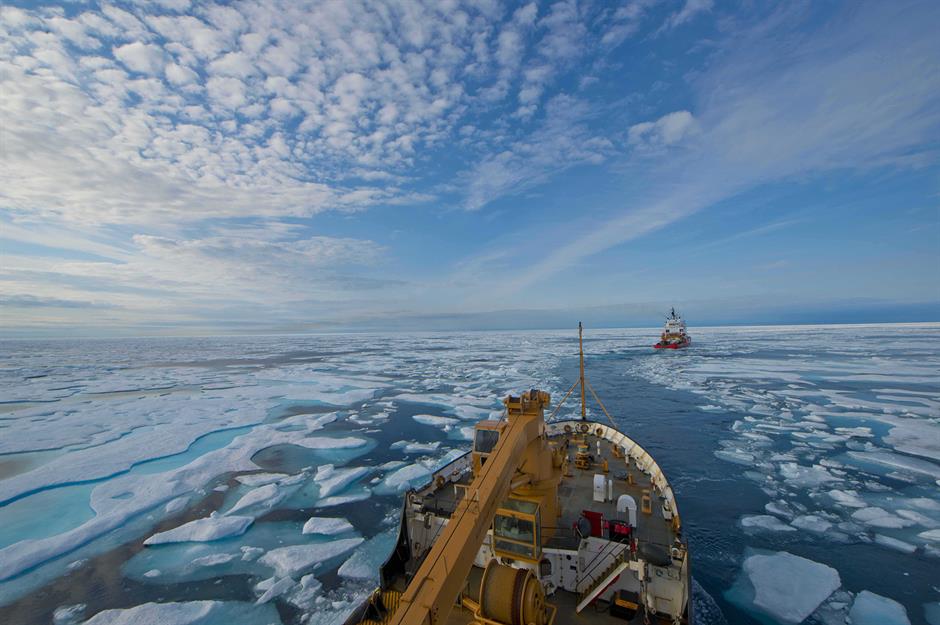
It's considered a perilous crossing due to the large amount of ice floating in the waters, some chunks of which are big enough to cause significant damage to unprepared ships. Most ships that travel through the area are icebreakers: vessels that churn through the ice as they go in order to make a safe crossing.
The Northwest Passage, Arctic Canada
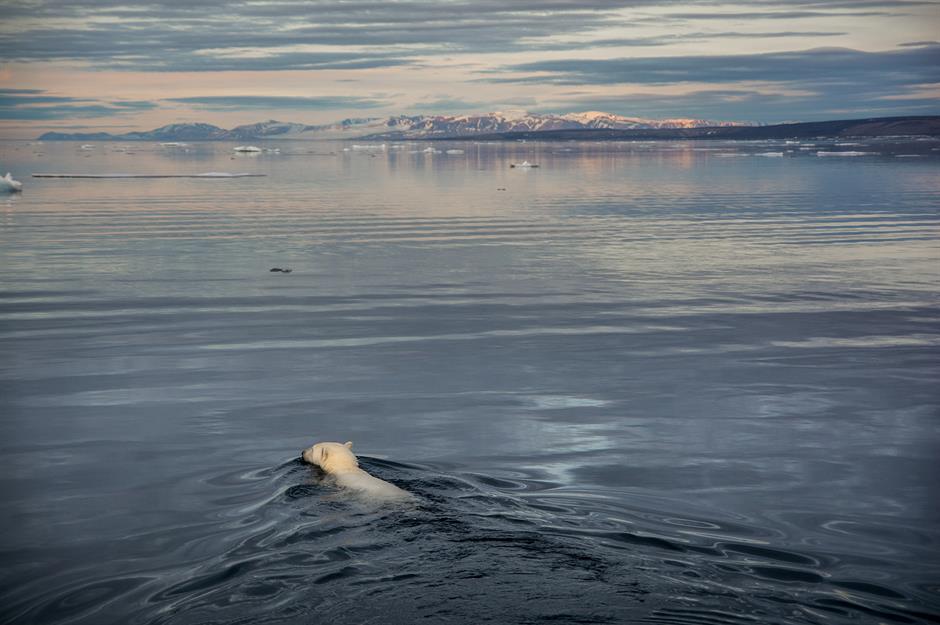
The Northwest Passage is home to all manner of wildlife, from whales to polar bears. In 2024, however, the sea ice area in the northern (deepwater) route was at an all-time low. Sadly, climate change is now threatening the existence of polar bears here, who use the ice as a refuge.
South Georgia Island
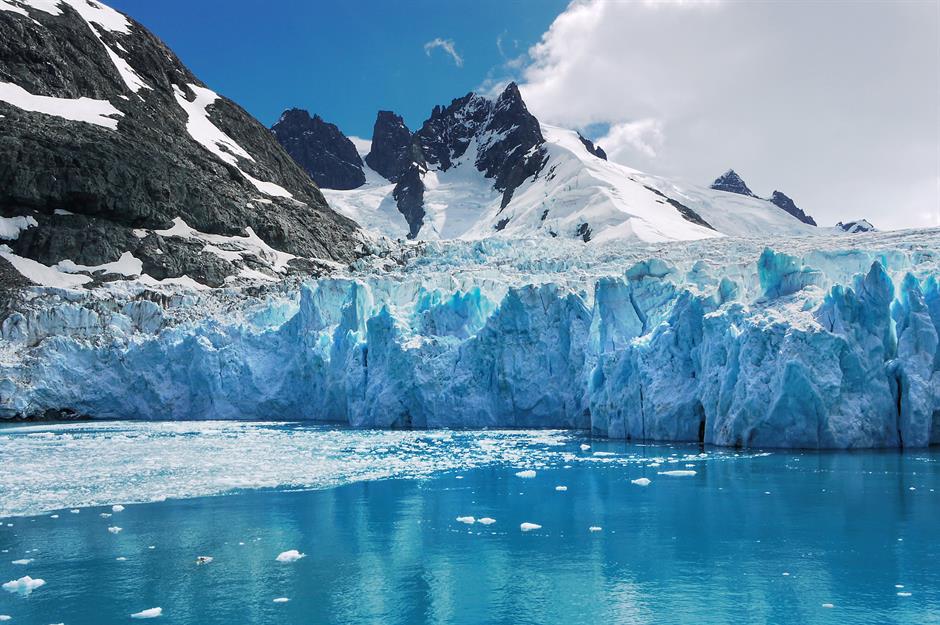
With no airport and a location hundreds of miles east of the tip of South America, this island, stranded out in the Atlantic Ocean, is only accessible by boat. Just 13,824 people stopped on the shores of South Georgia Island during the 2022-2023 season, and that includes cruise ship staff and scientific researchers.
South Georgia Island
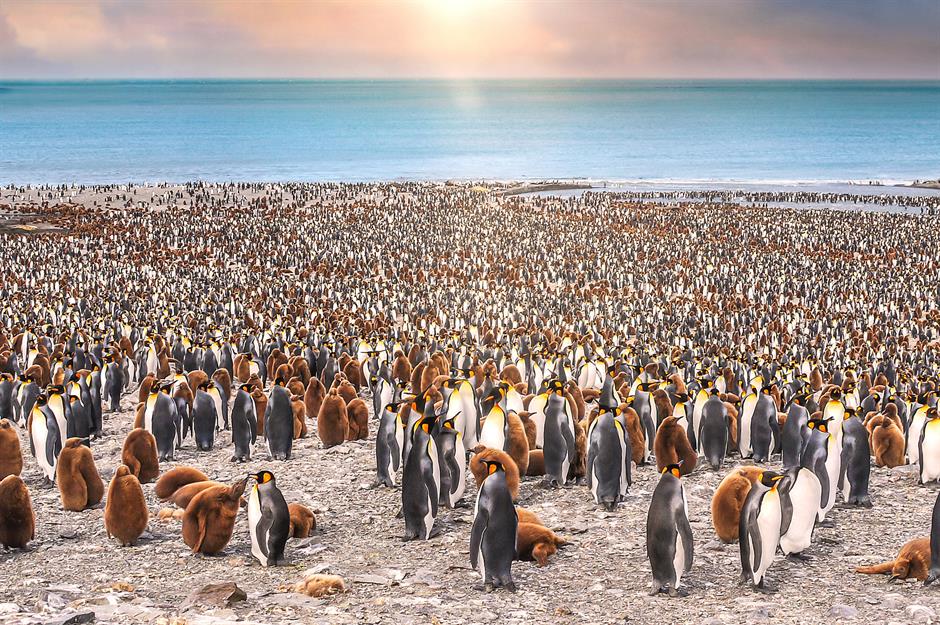
The small number of human visitors are wildly outnumbered by the millions of penguins who reside here. There are three different species – gentoo, king and macaroni – and plenty of other wildlife, like seals and seabirds. In fact, South Georgia Island is a breeding ground for more than 10 million birds.
South Georgia Island
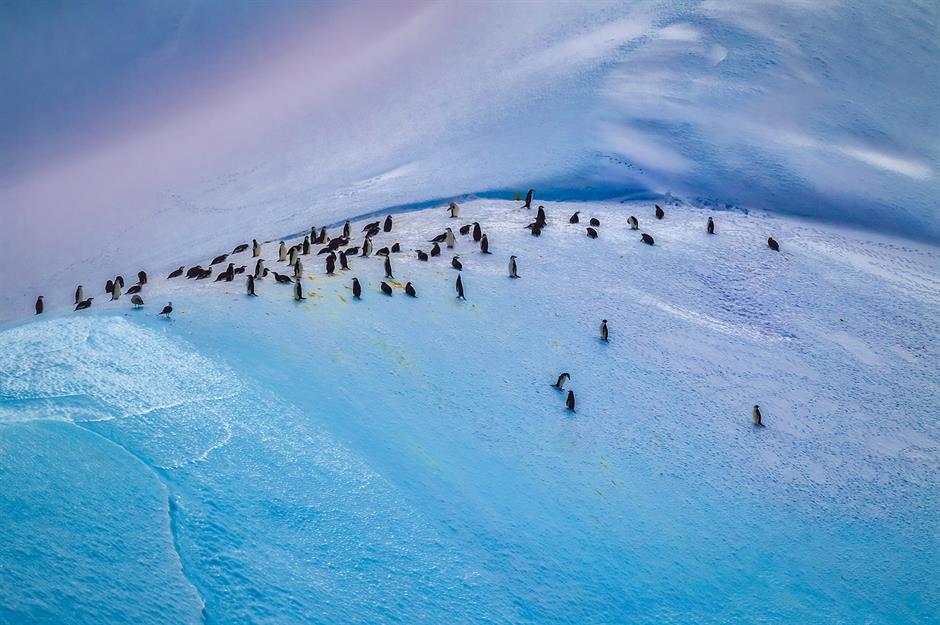
It's safe to say that most of us will never experience the breeze on these blustery islands, so all we can do is marvel at photographs like this, depicting the region's stunning blue glaciers and incredible wildlife.
Wrangell-St Elias National Park, Alaska, USA
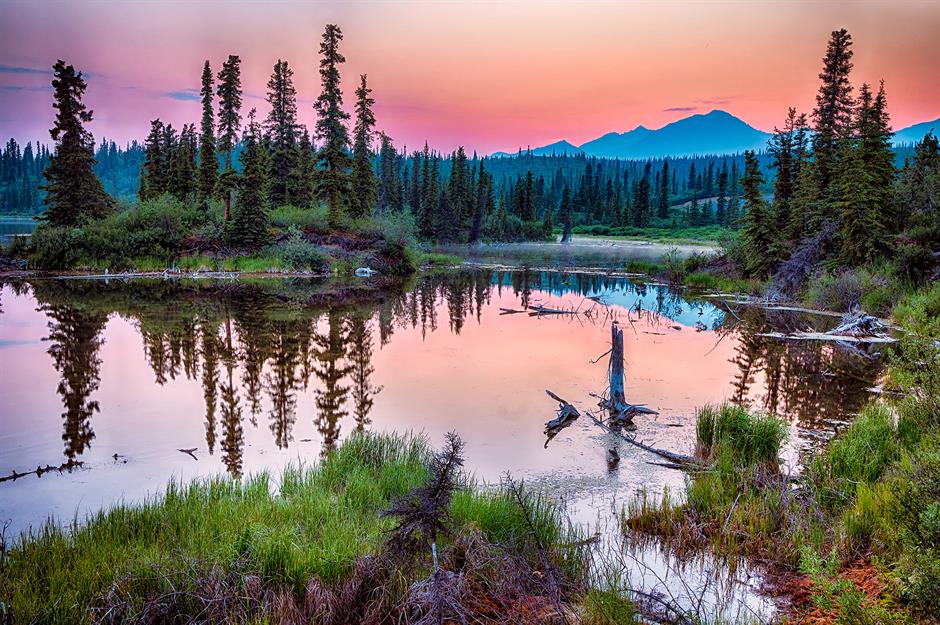
Alaska, the biggest state by land area in the USA, is home to great swathes of wilderness that remain little explored. Sprawling Wrangell-St Elias National Park is one of them.
Wrangell-St Elias National Park and Preserve, Alaska, USA
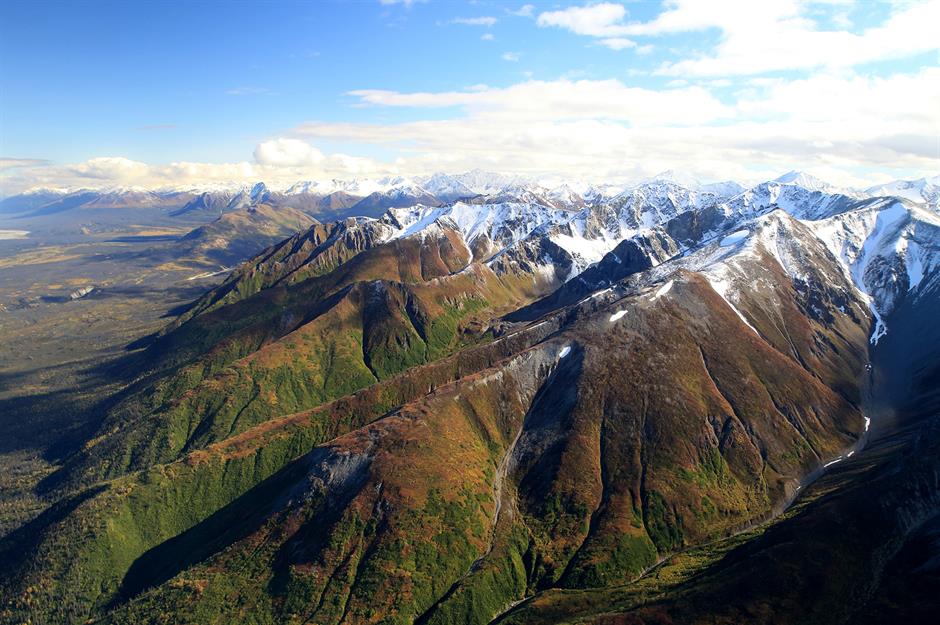
This incredible national preserve – which could fit Yellowstone National Park within its boundaries six times over – sits in the southeast corner of Alaska, right up against the Canadian border. It's a land of soaring mountains, ice fields and glaciers, and much of it remains gloriously pristine.
Wrangell-St Elias National Park, Alaska, USA
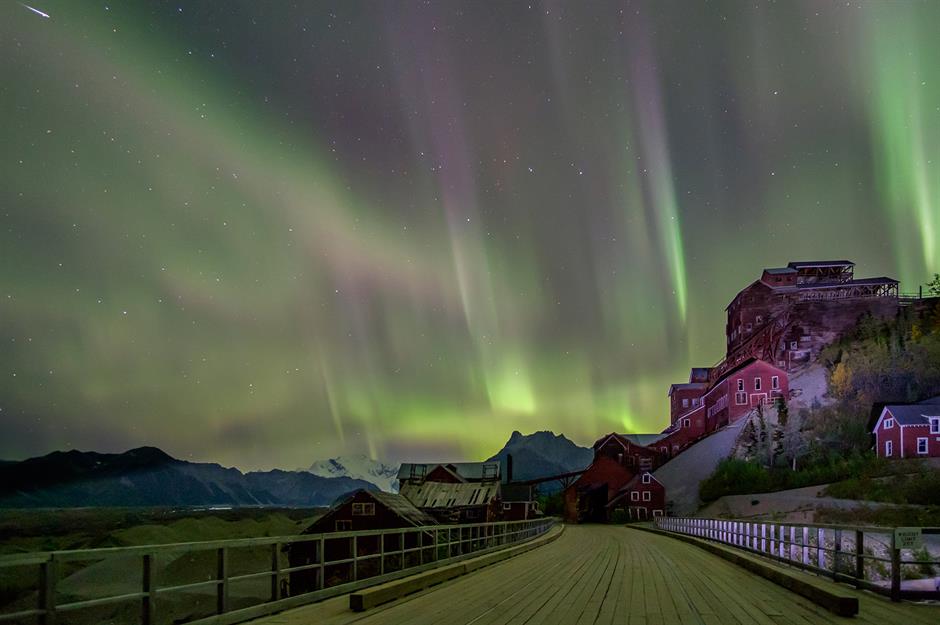
Some areas have been explored, however, and they've been exploited too. This picture shows an abandoned mill where a copper mine once thrived. Around 300 people lived and worked here during its heyday, but today it's empty with the copper reserves gone. Now, with no population and close to zero light pollution, the Northern Lights shine bright overhead come nightfall.
Tsingy de Bemaraha National Park, Madagascar
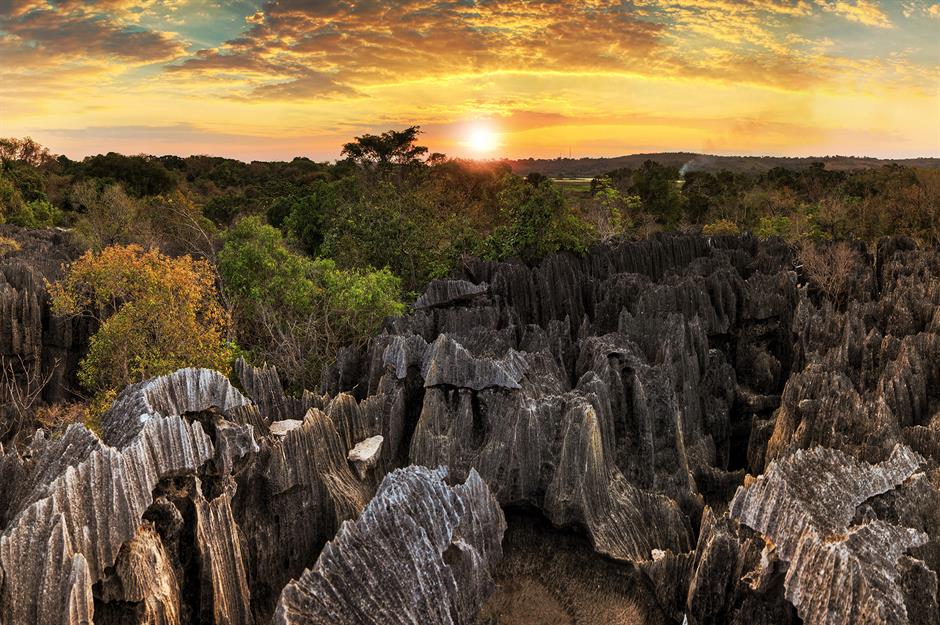
It's hardly surprising that this labyrinth of needle-shaped rock formations remains largely unexplored. Except for a few trails, bridges and viewpoints, much of this national park in Madagascar is untouched by humans.
Tsingy de Bemaraha National Park, Madagascar
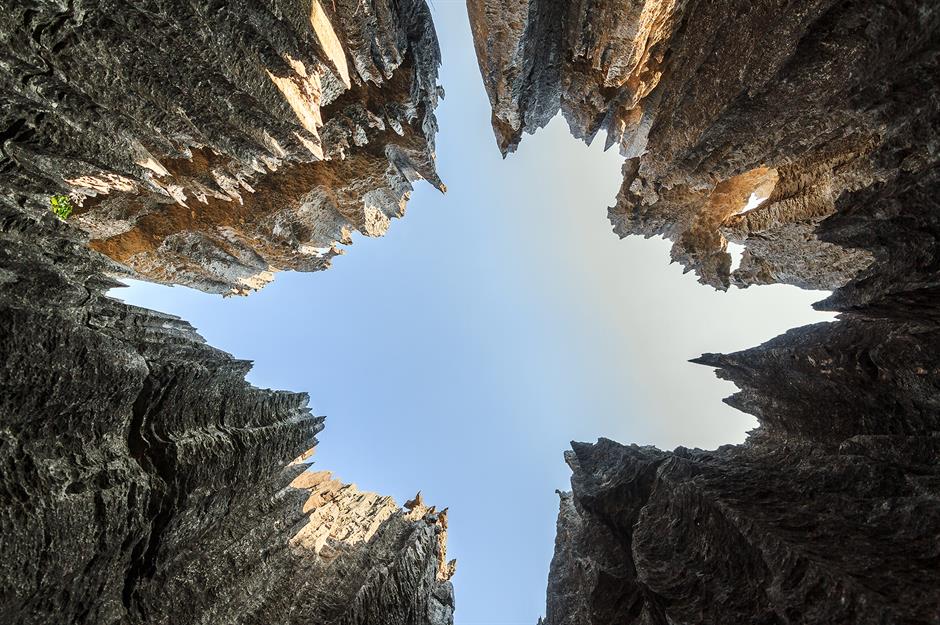
The formations here are around 200 million years old according to NASA, and the little-disturbed forests, lakes, mangrove swamps and canyons are an ideal habitat for all manner of wildlife. The park is home to 11 different kinds of lemur and 45 endemic species of reptile.
The Sahara, Africa
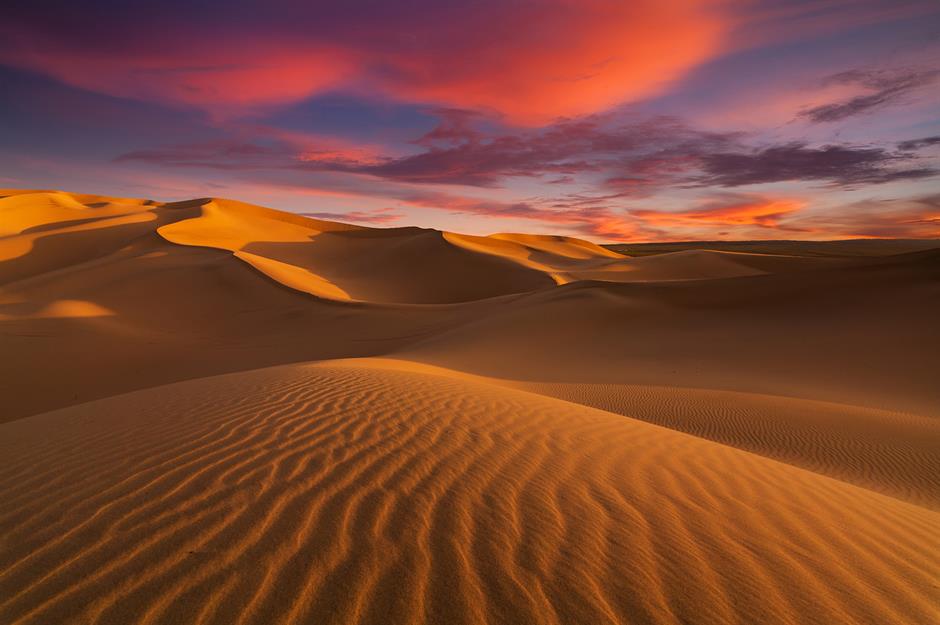
The world's largest hot desert, the Sahara stretches across much of northern Africa. Entire cities are located within the yellow sands of this barren landscape, but beyond them there are entire swathes of the region that are barely explored.
The Sahara, Africa
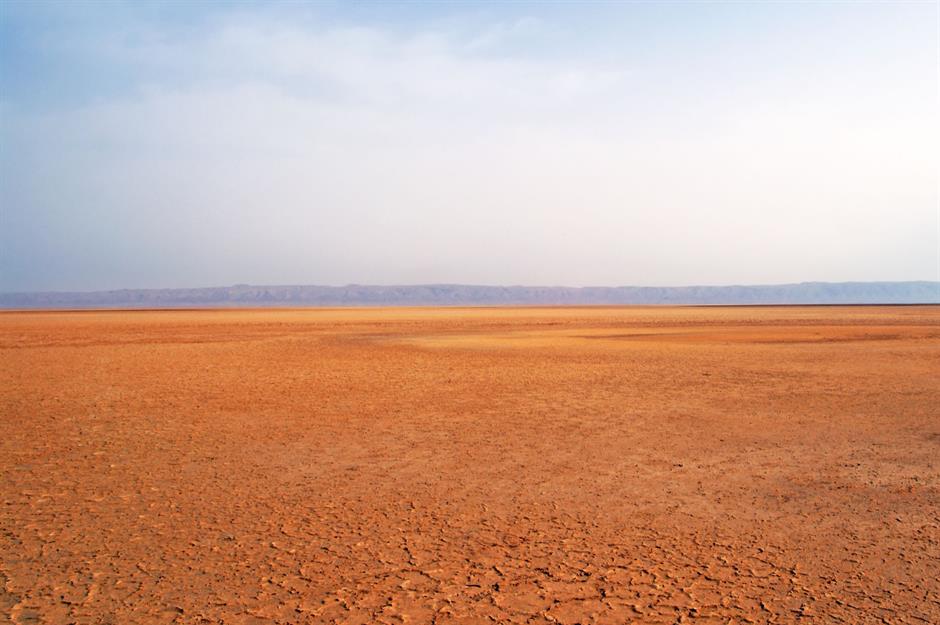
It's not all just sand dunes, either. There are salt flats (pictured), mountains, gravel plains and even rivers running through this landscape. The Sahara is expanding too. With climate change making rains less frequent in the region, the area classified as desert is getting bigger each year, and valuable arable land is drying up.
The Sahara, Africa
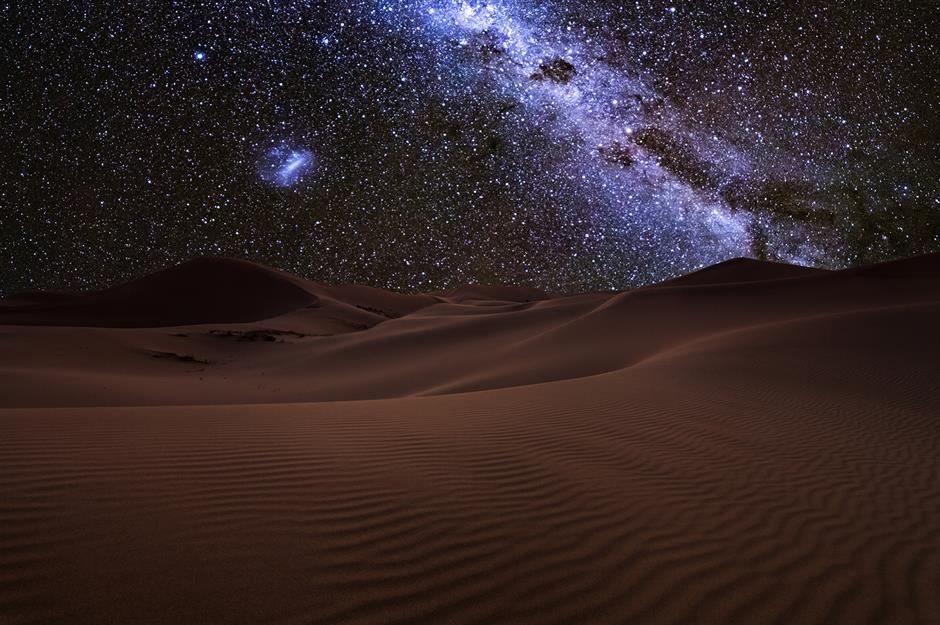
This lonely landscape has a derelict beauty about it, though, and come nightfall millions of stars glitter in the sky. Hardy species living in the desert include addax, fennec foxes, snakes and lizards.
Torngat Mountains National Park, Newfoundland and Labrador, Canada
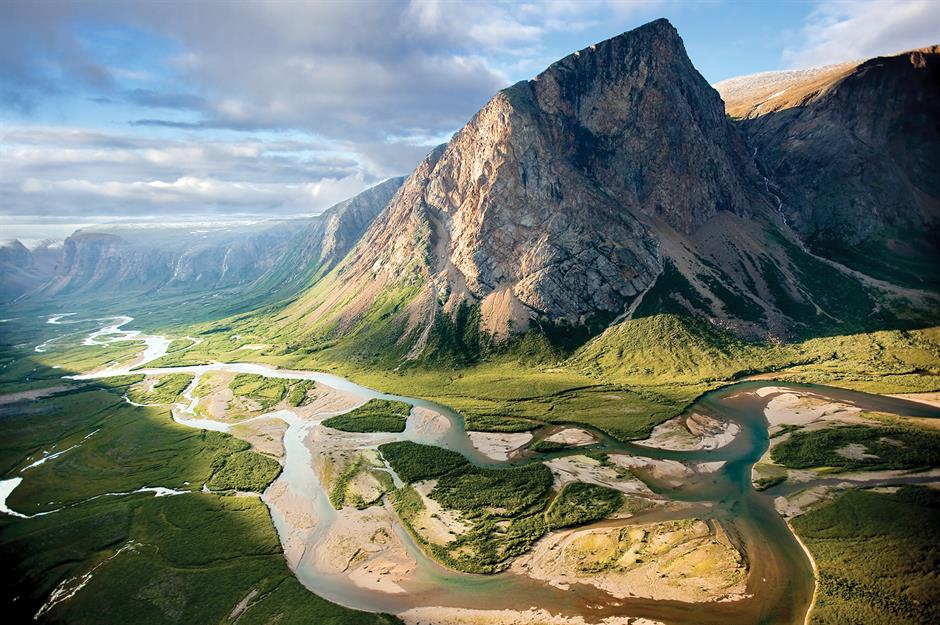
Located in the far reaches of Newfoundland and Labrador on the Labrador Peninsula, Torngat Mountains National Park is one of the least-visited parks in Canada. It's over 3,745 square miles (9,700sq km) of total wilderness, spreading out from the stunning Saglek Fjord, with the Torngat Mountains at its heart.
Torngat Mountains National Park, Newfoundland and Labrador, Canada
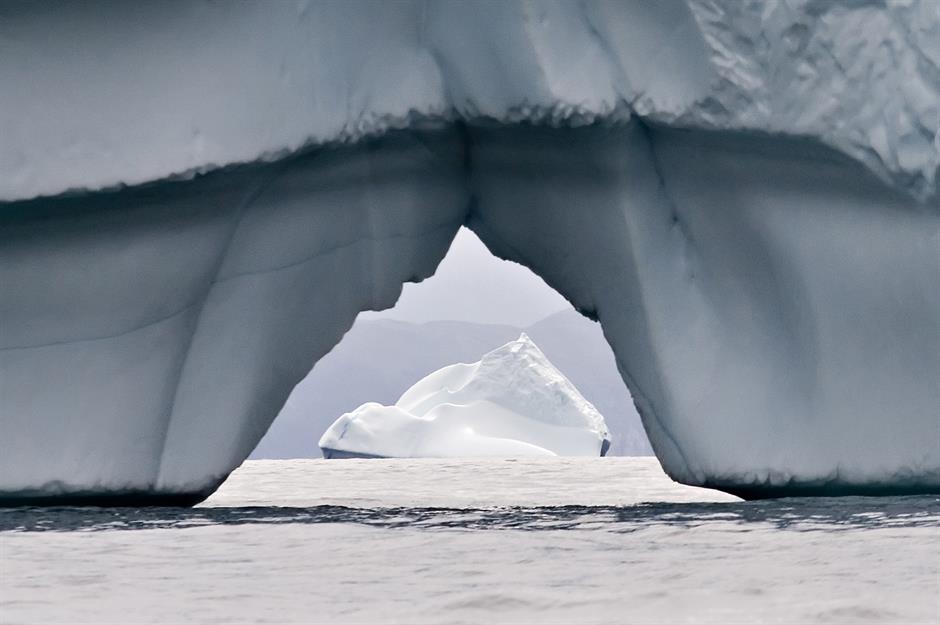
Unlike most other Canadian parks, this one has no permanent roads, no trails, no campgrounds and no signage. Few Canadians and even fewer foreigners will ever make the journey here, which leaves free rein for the park's incredible wildlife to frolic. Its far north location means that icebergs regularly float along its coastline, and polar bears roam the land alongside caribou, wolves and Arctic foxes.
The Suriname Rainforest
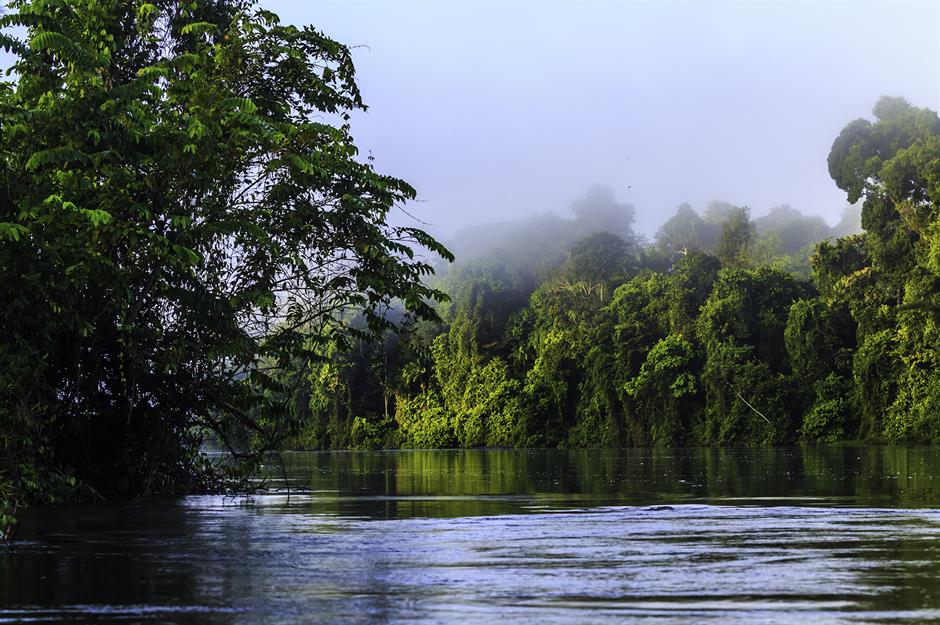
This peaceful dawn scene has been captured in the Suriname Rainforest, a vast tract of land cloaked in jungle and teeming with rare wildlife. Most of Suriname's population live on its northern coastline, and while some of the highways stretch inland, there's very little infrastructure in the south part of the country.
The Suriname Rainforest

There are communities of Saramacca people and Indigenous Surinamese tribes living within the rainforest, but foreigners rarely make it into the thick of it. The locals are extremely outnumbered by curious creatures instead, including the likes of this blue poison dart frog.
The Suriname Rainforest
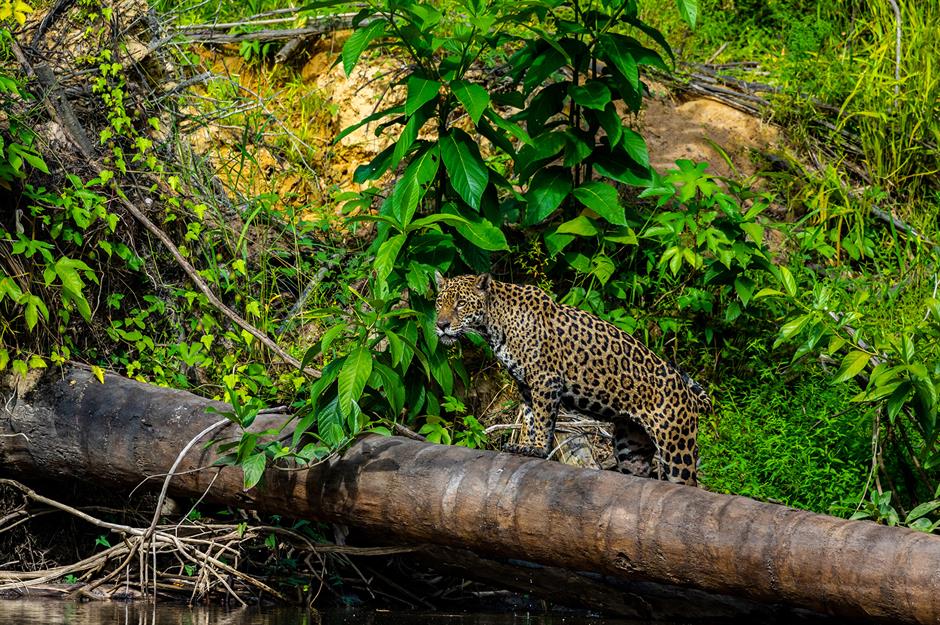
There are also some serious predators, with jaguars like this one roaming the forest floor in search of prey, such as deer or caimans. Scientists are continually discovering new species too, from the cocoa frog to unusual forms of bat and beetle.
Ennedi Plateau, Chad
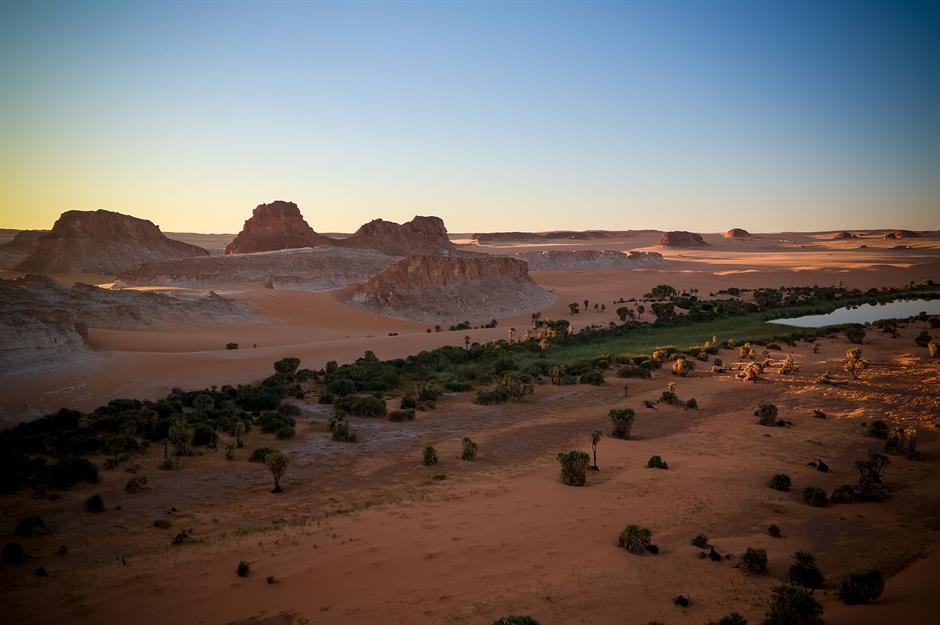
This desert oasis is a rarely visited natural wonder. The Ennedi Plateau in northeastern Chad is essentially off-limits to tourists, and few locals go there either due to its proximity to Libya and Sudan.
Ennedi Plateau, Chad
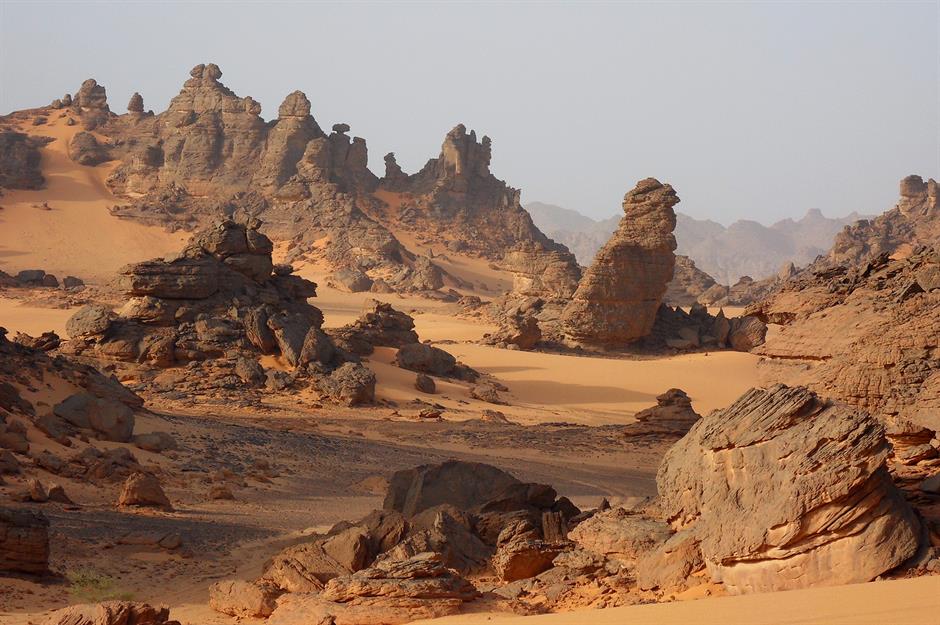
The Ennedi Plateau is essentially a natural bulwark, with towering rock buttresses, bridges and arches. Sandstone bluffs here soar above 4,750 feet (1,450m) and the stark, otherworldly landscape looks like something out of a Star Wars film.
Ennedi Plateau, Chad
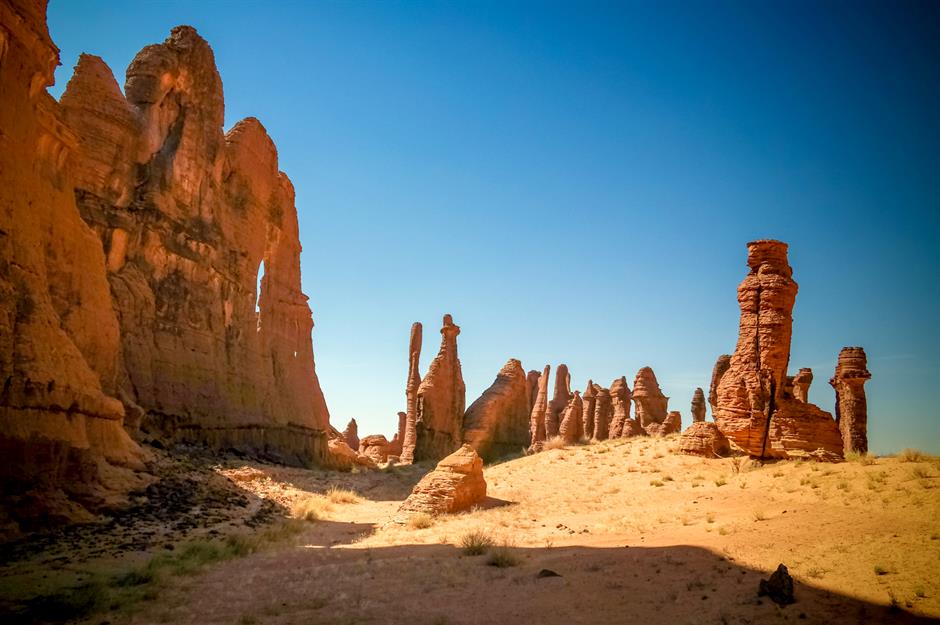
The region has come under the management of African Parks in a bid to preserve its natural wonders, the rare wildlife – including a desert-dwelling crocodile – and the unique nomadic communities that traverse the land.
St Helena Island
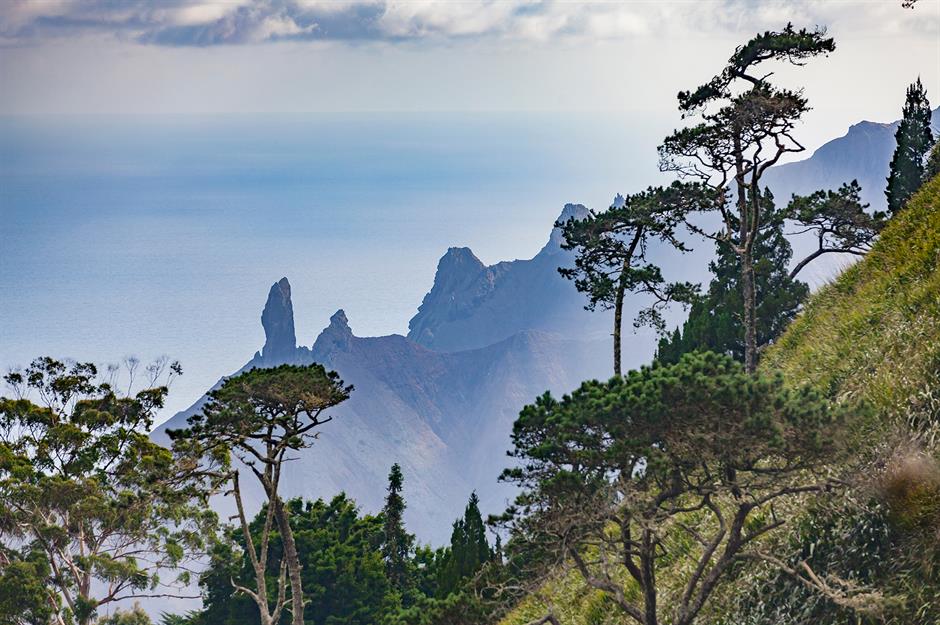
While there's a modest population of people living on this island off the west coast of Africa, there's very little tourist activity here today. And with just one weekly commercial flight connecting St Helena to Johannesburg, South Africa, and a single monthly flight operating to and from Ascension Island that's hardly a surprise.
St Helena Island
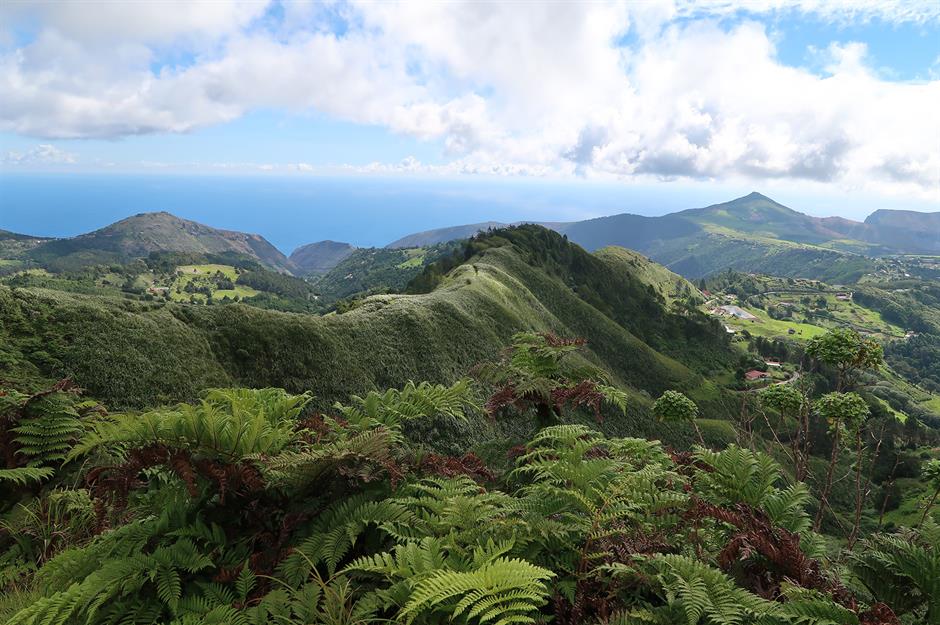
At 1,200 miles (1,931km) from the shores of Africa and 2,500 miles (4,023km) from Rio de Janeiro, Brazil, it's one of the world's most remote islands. That means the vast majority of us will never set foot on this volcanic idyll, with its peaks, valleys and cloud forests.
Lake Turkana, Kenya
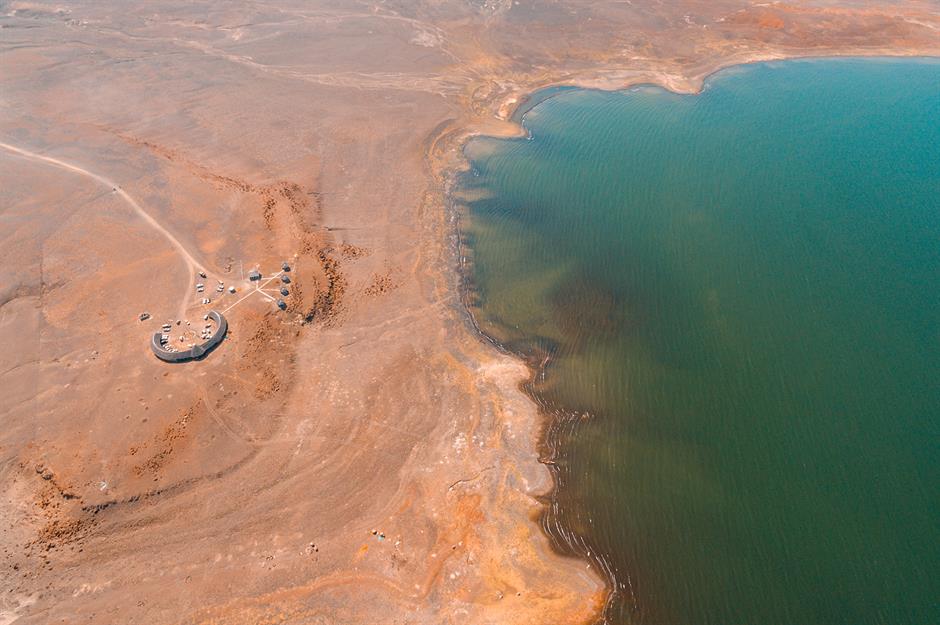
Far in the northwestern corner of Kenya, surrounded by desert, Lake Turkana is seriously remote. The roads leading here have no asphalt, and conditions on the rocky tracks are so bad even truck tyres can burst on the drive up.
Lake Turkana, Kenya
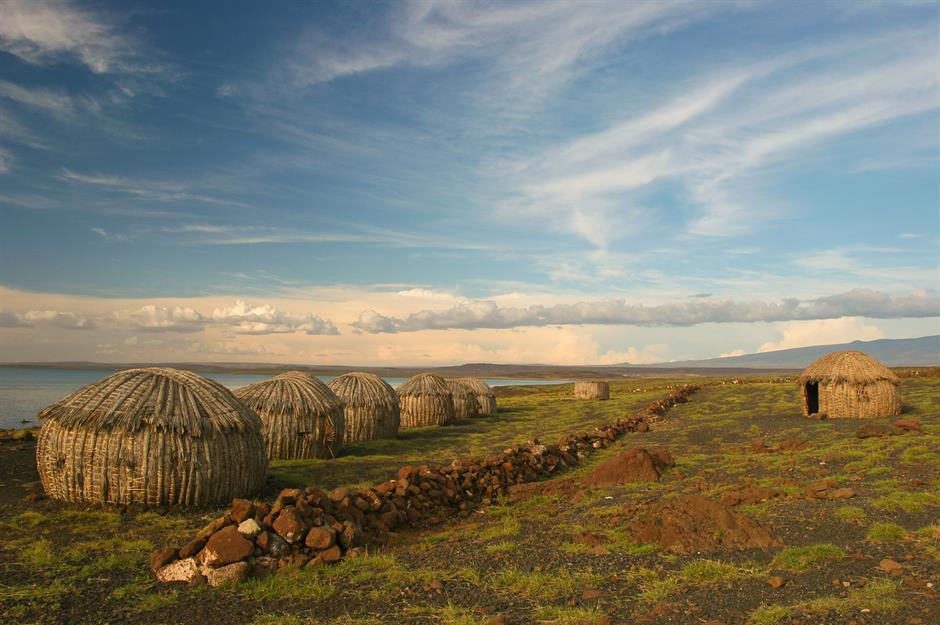
Few people – foreigners and Kenyans – venture up this far, aside from the occasional anthropologist, aid worker or Christian missionary. This means Lake Turkana's communities are among the least-explored settlements on the African continent.
Lake Turkana, Kenya
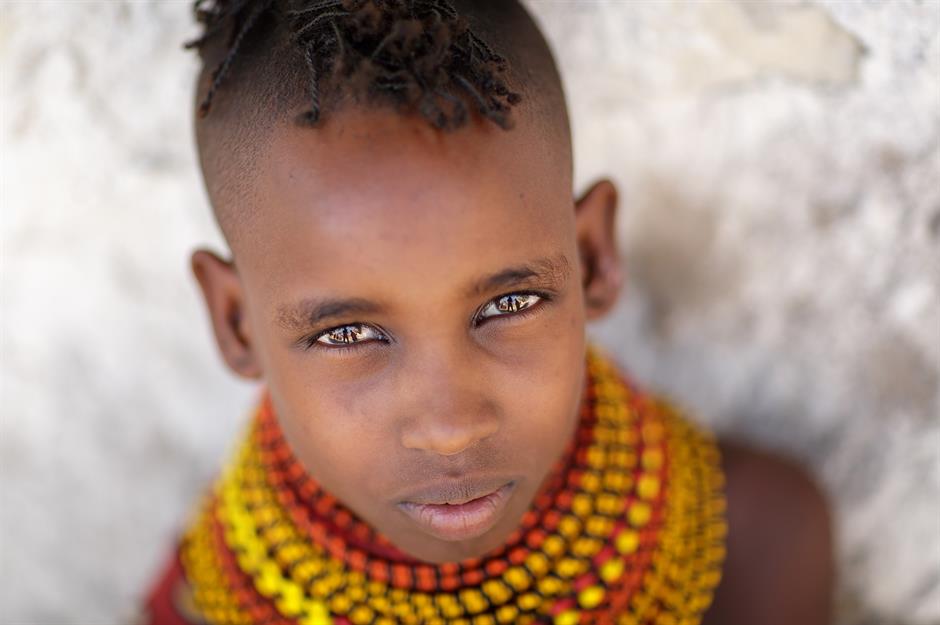
The Turkana people, the predominant tribe in the region, have distinctive haircuts, shaved on the sides and braided on top, and tend to wear lots of colourful beads. Once a year, tribes from across the region congregate here for a huge festival, celebrating the diversity of the country's varying cultures.
North Korean countryside
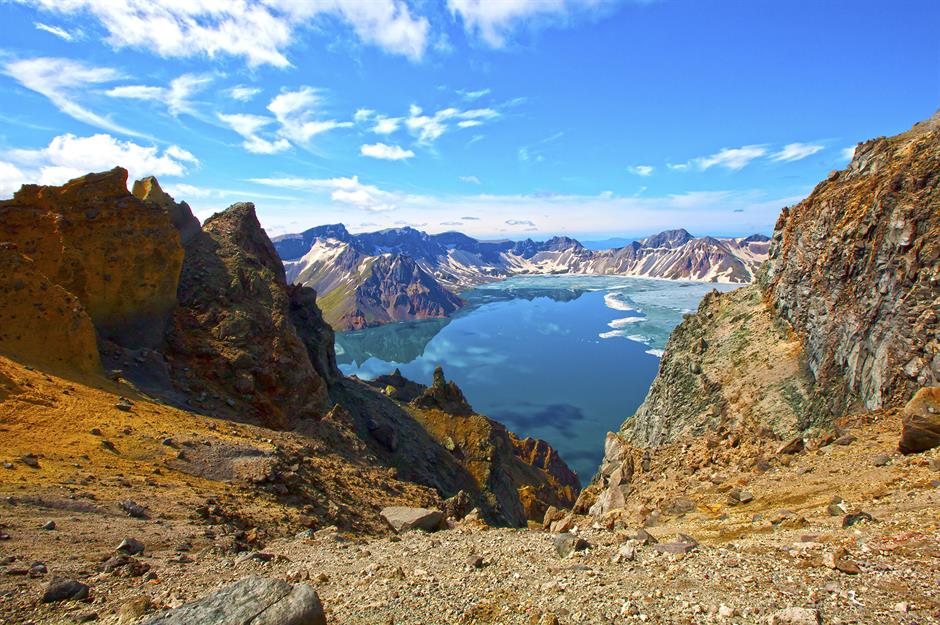
The volatile state of North Korea is unlikely to see it top many bucket lists – and with political uncertainty on the rise it's likely that most of us will never set foot on its shores.
North Korean countryside
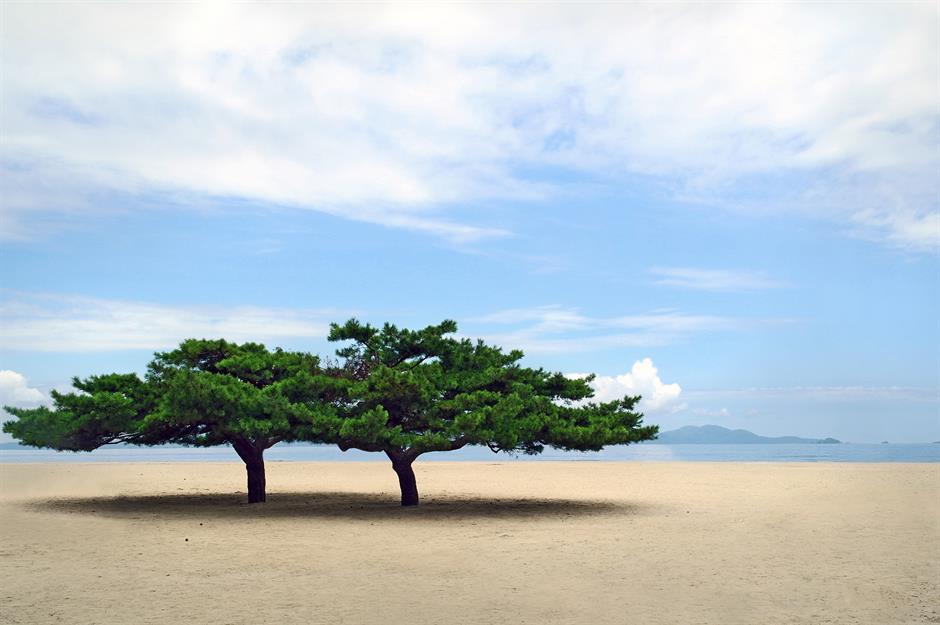
The country is probably home to some of the world's quietest coves and beaches, with coastlines on both the Sea of Japan and the Yellow Sea – but without the major resorts we associate with such stretches of sand.
North Korean countryside
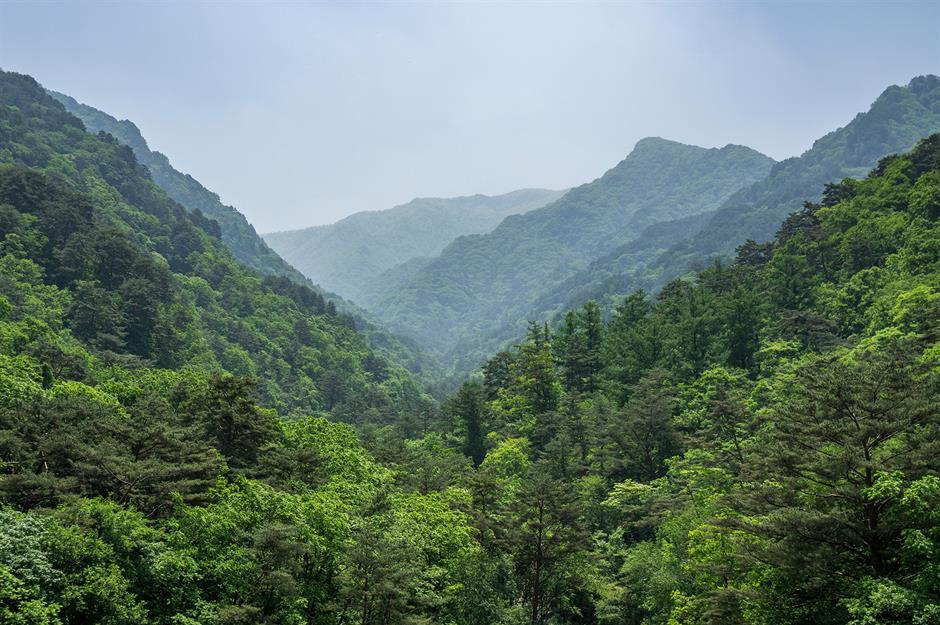
There are also plenty of gorgeous forested areas and some stunning mountain vistas. But these pictures of North Korea's incredible natural landscapes are probably as close as you'll get to exploring the many untouched destinations within its borders.
Kolsai Lakes, Kazakhstan
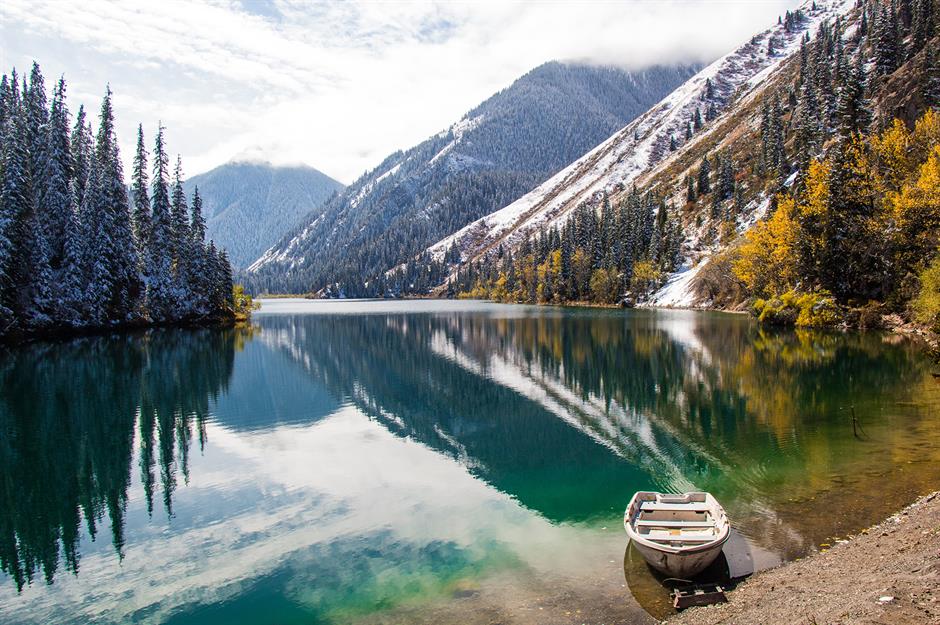
This stunning scene could be straight from the Canadian Rockies, but it's actually from the Kolsai Lakes in Kazakhstan. This area of Central Asia remains little visited, leaving its surprising landscapes gloriously unspoilt.
Kolsai Lakes, Kazakhstan
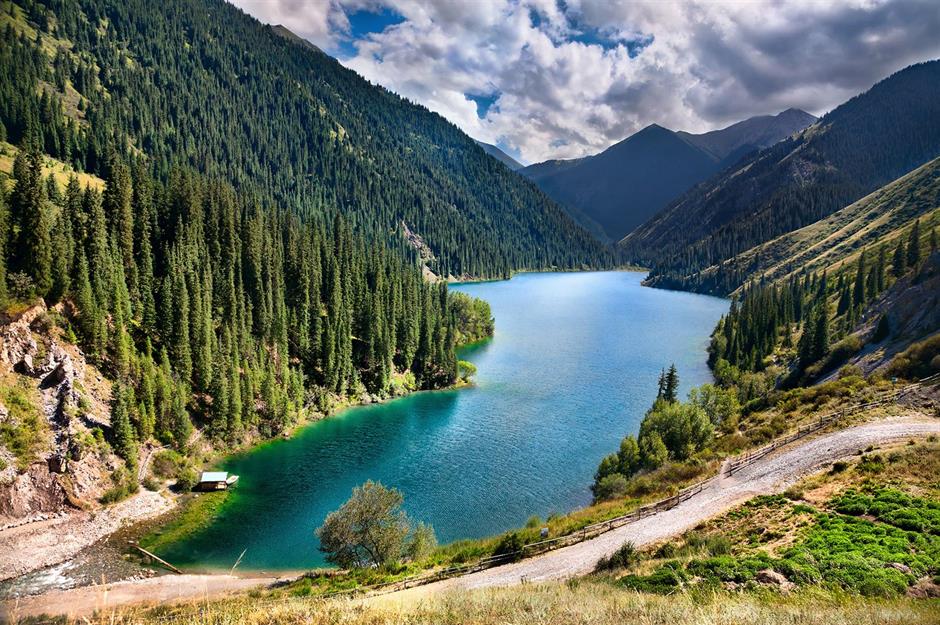
Spreading out close to the Kyrgyzstan border, the wilderness here is characterised by glassy lakes, green peaks and pastures, with rivers running through thick, untouched forest. It's little wonder that the Kolsai Lakes are often dubbed the 'Pearls of Tien Shan'.
The Amazon, Brazil
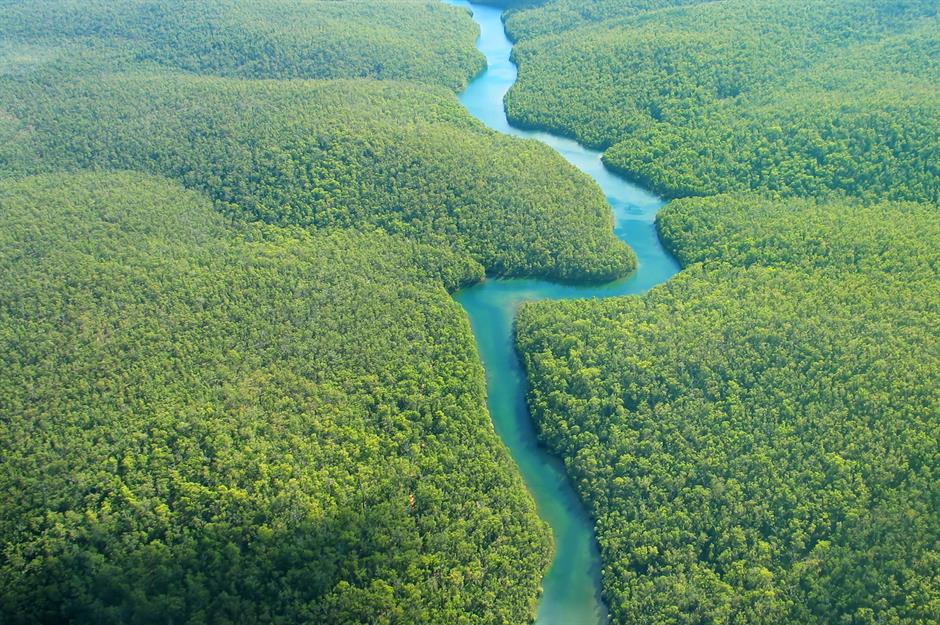
The world's largest rainforest spans more than 2.3 million square miles (6m sq km) across Brazil, Bolivia, Peru, Ecuador, Colombia, Venezuela, Guyana, Suriname and French Guiana, and is one of the greatest wonders on the planet. The sprawling jungle is thought to contain 10% of the world's known species, and there are still parts unexplored by modern society.
The Amazon, Brazil
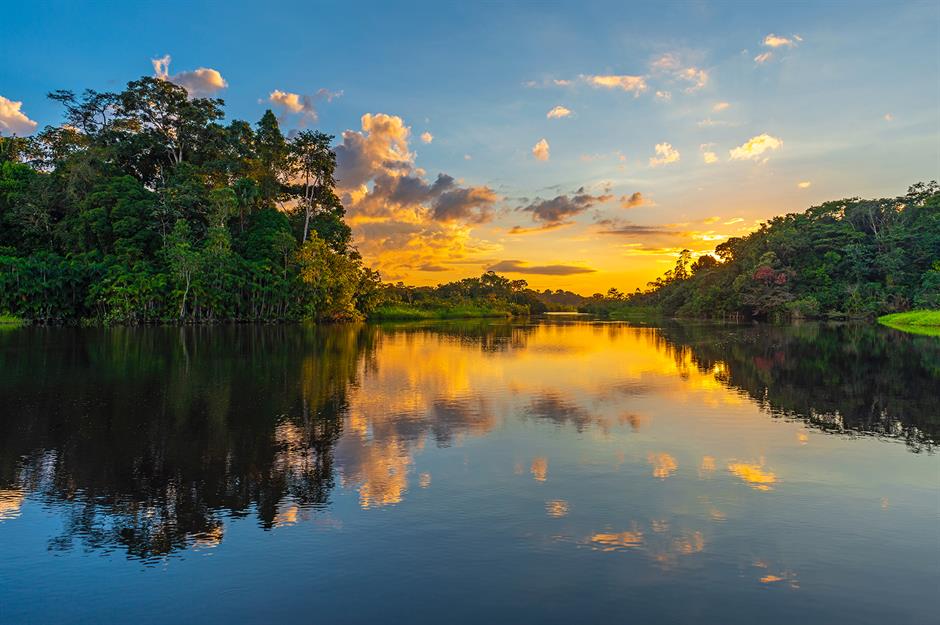
Entire communities of people live in the rainforest and remain isolated, despite the encroachment of modern man by way of deforestation and tourism in some parts. The Vale do Javari is one of the largest indigenous territories in Brazil, and it hit headlines in 2018 when drone footage caught images of a tribe walking through a clearing in the forest.
The Amazon, Brazil
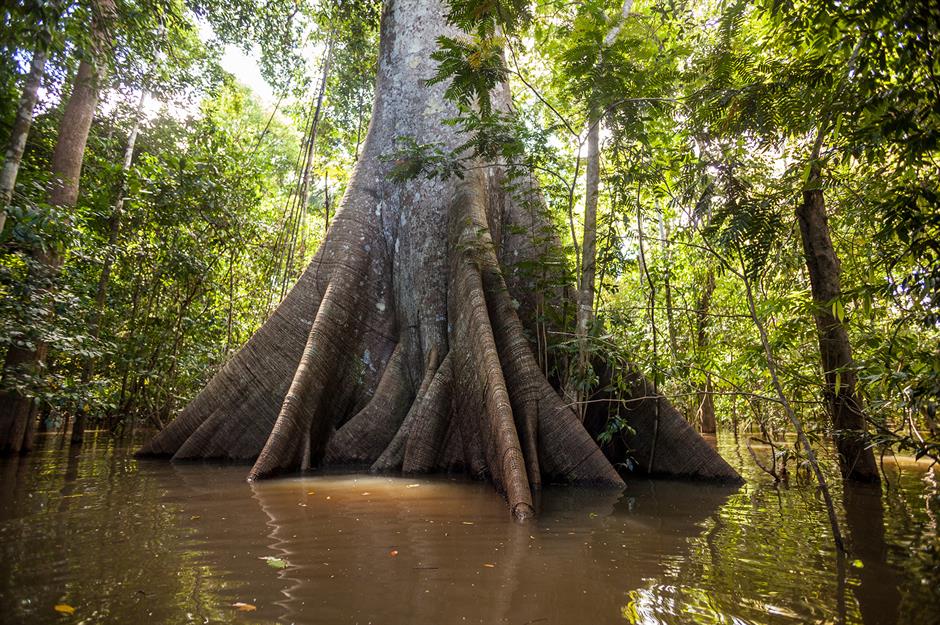
Sadly the combined effects of global warming and the expansion of industrial agriculture is having a catastrophic effect on the Amazon. In 2024, the worst fires in over two decades destroyed 44.2 million acres of rainforest and had a devastating impact on wildlife and Indigenous communities. But copious wildlife still thrives here – including rare animals like golden lion tamarins and cute capybaras.
Comments
Be the first to comment
Do you want to comment on this article? You need to be signed in for this feature